Autopsy: Natural Deaths
1/28
There's no tags or description
Looks like no tags are added yet.
Name | Mastery | Learn | Test | Matching | Spaced |
|---|
No study sessions yet.
29 Terms
peripheral vascular disease
stasis dermatitis is often indicative of ?
stasis dermatitis
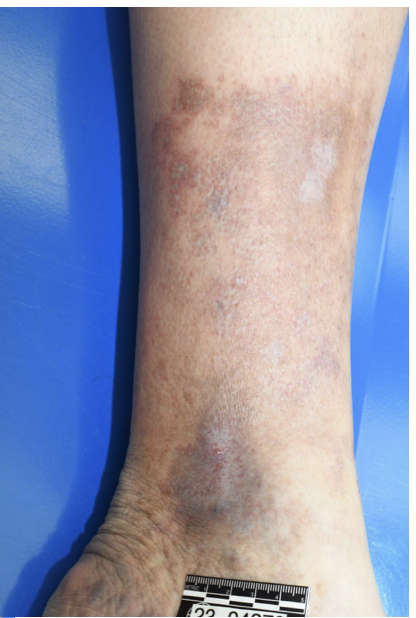
stasis dermatitis
brown-tan hyperpigmented change of lower extremities, often bilateral; circumferential or patchy hair loss
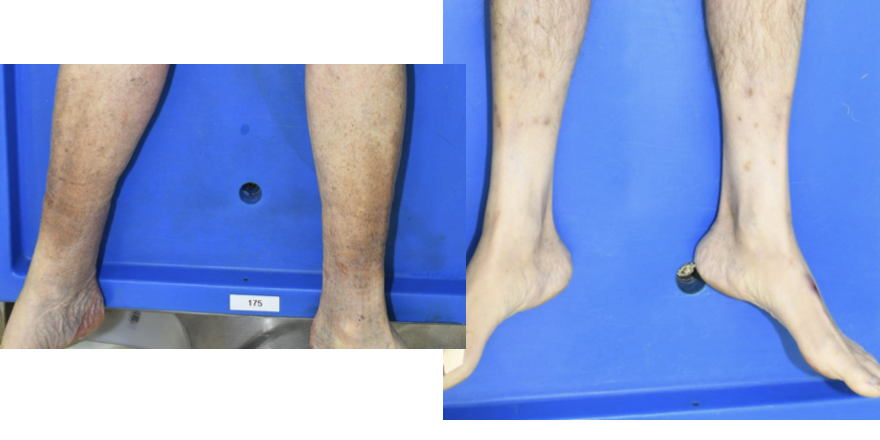
acanthosis nigricans
hyperpigmented, shiny change especially in areas of skin folds

acanthosis nigricans
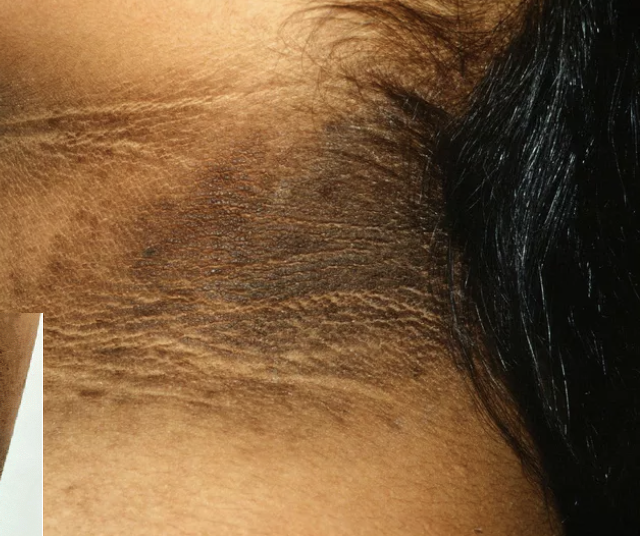
diabetes mellitus, visceral malignancy
acanthosis nigricans is indicative of ?
drug abuse, age, trauma
dentation is indicative of?
asphyxia (petechiae usually indicate partial suspension vs. hanging)
petechiae in the eyes can be indicative of?
pitting edema
pitting edema vs. anasarca: lymphatic drainage issue due to blockage
pitting edema
pitting edema vs. anasarca: systemic - heart, liver or kidneys
anasarca
pitting edema vs. anasarca: generalized widespread edema
anasarca
pitting edema vs. anasarca: heart, renal, liver failure
anasarca
pitting edema vs. anasarca: cirrhosis and ascites
waterhouse friderichsen syndrome (neisseria meningitidis)
meningeal rash can be indicative of?
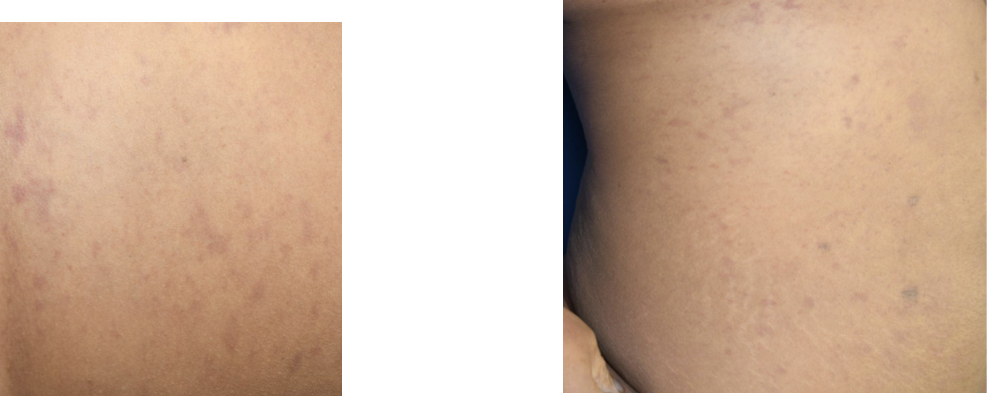
epidural hematoma
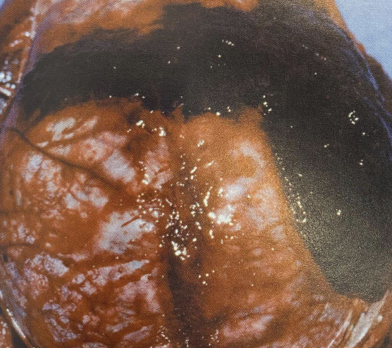
subdural hematoma

subarachnoid hemorrhage
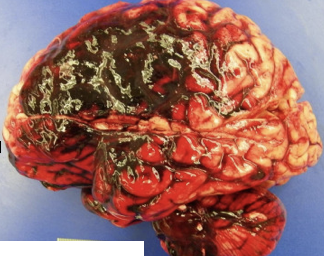
epidural hematoma
acute brain bleeding usually caused by trauma to the middle meningeal artery; space-occupying and can be life-threatening
subdural hematoma
chronic or peri-acute, space-occupying or diffuse blood on the brain that CAN be wiped off
subarachnoid hemorrhage
typically more chronic brain bleed that CANNOT be wiped away
meningeal rash (neisseria meningitidis)
meningitis - purulent CSF, neck stiffness, photophobia
waterhouse friderichsen
tuberculosis
prion disease (creutzfeldt-jakob disease)
COVID (only during the pandemic)
list scenarios (diagnosed history or physical signs) when it would be appropriate to isolate the descendant and take additional protective and preventive measures
subarachnoid hemorrhage
ruptured cerebral aneurysm “thunderclap” headache
MI, PE
facial congestion is often indicative of?
atherosclerotic CVD = luminal narrowing due to atherosclerotic plaques in the coronary arteries
myocardial mottling → infarction (should correspond to impacted arteries)
myocardial rupture (3-7 days after MI) and cardiac tamponade
hypertensive cardiac disease = long-standing systemic hypertension puts bigger load on the heart
concentric cardiomyopathy → cardiomegaly = electrically unstable
LV concentric hypertrophy
nephrosclerosis of the kidneys
differentiate atherosclerotic cardiovascular disease and hypertensive cardiac disease, and what findings you should expect to see at autopsy in a patient who has each/both
signs of PE because by removing the heart and lungs together it ensures that you won’t miss it - leave the pulmonary intact
female, fat, forty, facial congestion
congestion of head, neck, upper chest
recognize when lungs should be removed en bloc and the benefits to this method of evisceration
diabetes mellitus (type I or II)
chronic kidney disease
hx of excessive vomiting and/or diarrhea
emaciation (malnutrition, starvation)
driver of car (compare to BAC)
alcoholic
what are situations when electrolytes should be ordered (6)
lack of insulin → increased glucose → hyperglycemia
increased cardiac fibrosis → fatal arrhythmia
increased blood glucose can damage vessels and increase risk of atherosclerotic plaque build up
increased risk of athersclerotic CVD
Understand how diabetes affects the cardiovascular system
cardiac fibrosis, infarct, plaques, hypertrophy
atherosclerosis, PKD
peripheral ulcers, non-healing wounds, gangrene
obesity
acanthosis nigricans
blood vessel damage in retina
shrunken, granular kidneys
how to grossly recognize physical signs of DM
vitreous electrolytes to check for renal failure, ketones, glucose levels
what ancillary testing should be additionally ordered for DM and why